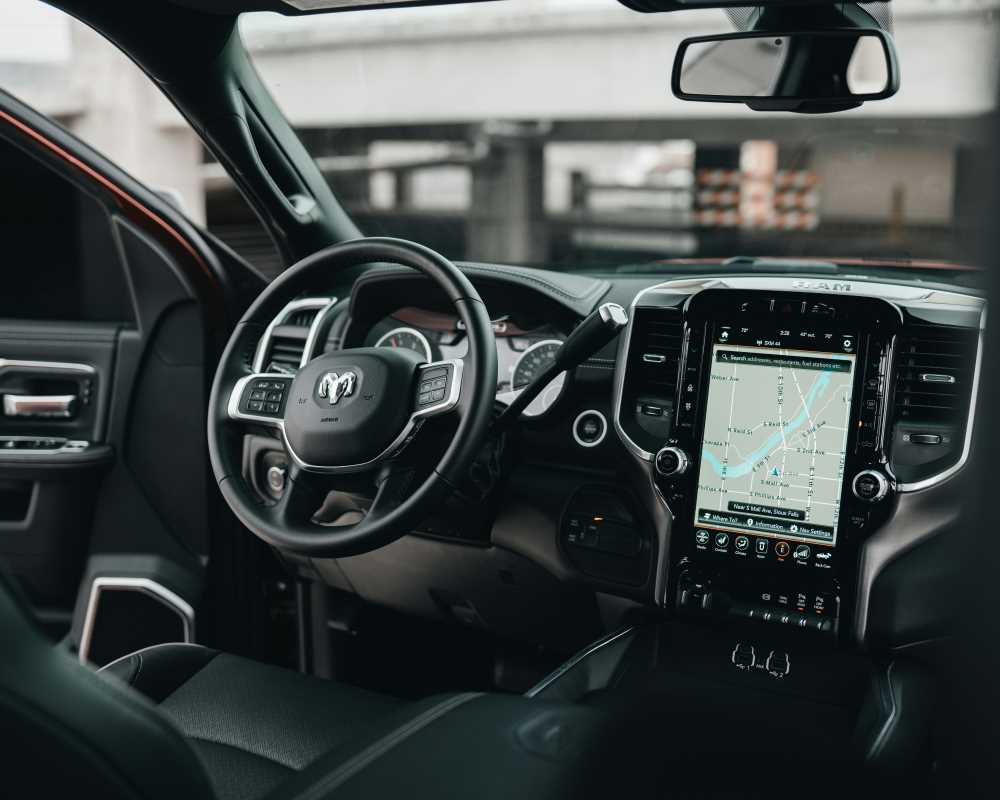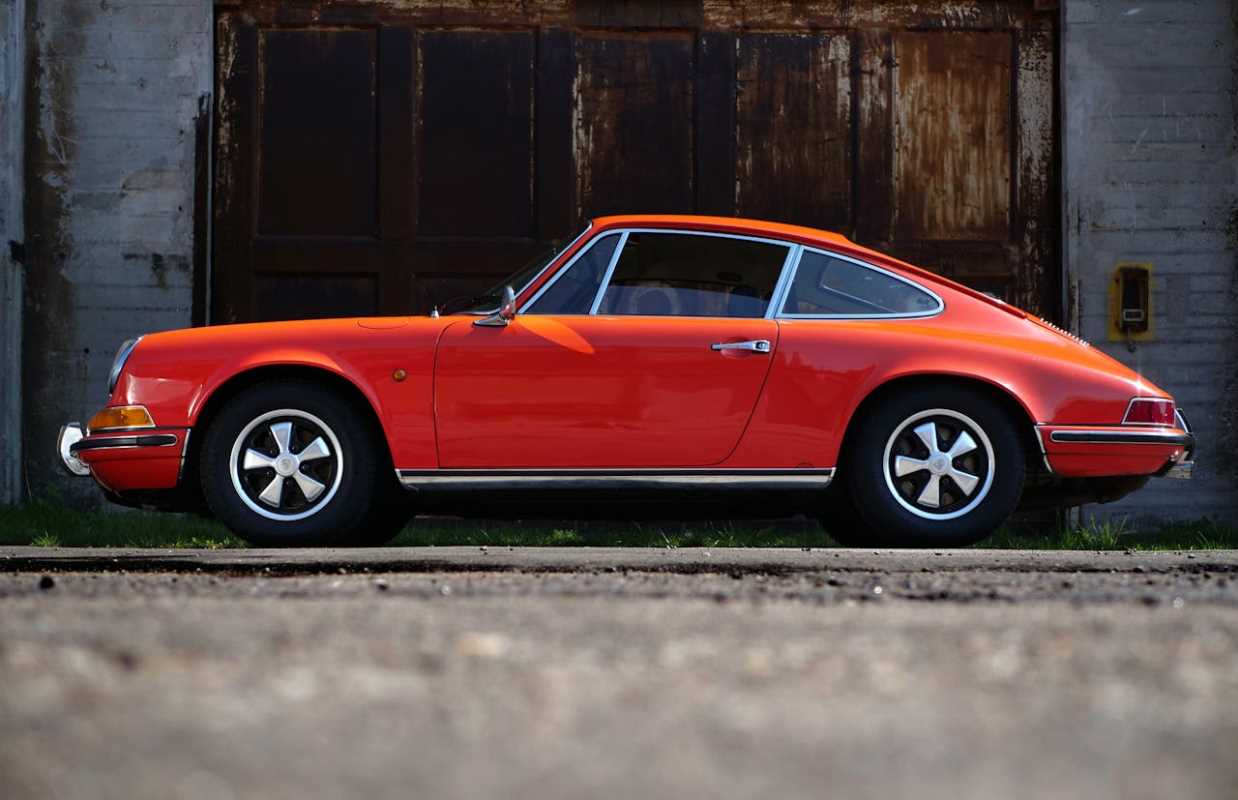Whether you're a first-time car owner or an experienced driver, choosing the right auto insurance is a key part of being on the road. Auto insurance doesn’t just protect your car; it’s a legal requirement in most places and a financial safety net for unexpected accidents. But when it comes to deciding on a policy, one question stands out for many drivers: Should you go with comprehensive coverage, liability coverage, or a mix of both?
The Essentials of Auto Insurance Coverage
Before we break down comprehensive and liability insurance, it’s important to know why auto insurance matters in the first place. Accidents, theft, or even unpredictable weather can lead to hefty expenses that can throw your finances off course. Auto insurance is designed to protect you from these costs by covering repairs, medical bills, or liability in the event of an incident.
But not all policies are created equal, and what they cover depends heavily on the type of insurance you select. Now, let's look at what "comprehensive" and "liability" insurance mean and what they cover.
What Is Liability Auto Insurance?
Liability insurance is the most basic type of coverage and is often the minimum legal requirement for drivers in most states. Its main purpose is to cover damages or injuries that you cause to others in an accident.
Here’s what liability insurance typically includes:
- Bodily injury liability: Covers medical expenses, lost wages, and legal costs for other people injured in an accident where you’re at fault.
- Property damage liability: Pays for damages to another person’s property, such as their car, fence, or mailbox, caused by an accident you’re responsible for.
What It Doesn’t Cover:
- Liability insurance only pays for damages related to others. It won’t cover any of your own repairs, medical bills, or losses if your car is stolen or damaged in a non-collision event (like a storm).
Pros of Liability Insurance:
- More affordable than comprehensive coverage.
- Meets state minimum insurance requirements.
- A good option for people with lower-value, older cars or those on a tight budget.
Who Might Choose It?
If you’re driving an older car that isn’t worth much to replace, liability insurance might make sense. It’s the cheapest type of insurance and provides coverage for basic legal obligations.
What Is Comprehensive Auto Insurance?
Comprehensive insurance, sometimes called “other than collision” insurance, takes coverage a step further by protecting your car from non-accident-related risks. While liability only pays for damages to others, comprehensive covers damage to your own vehicle caused by events beyond your control.
Common situations where comprehensive insurance steps in:
- Theft
- Vandalism
- Natural disasters (hail, hurricanes, floods, etc.)
- Fire
- Falling objects (like tree branches or debris)
- Animal collisions (e.g., hitting a deer)
What It Doesn’t Cover:
- Comprehensive insurance won’t cover damages caused by a collision with another vehicle or any injuries you or others sustain in an accident—that’s where collision coverage or liability insurance comes in.
Pros of Comprehensive Insurance:
- Provides peace of mind by covering a wide range of risks.
- Ideal for protecting newer, more valuable cars.
- Can minimize out-of-pocket costs for unexpected non-collision events.
Who Might Choose It?
If you own a newer or more expensive car, live in a high-risk area for theft or natural disasters, or simply want peace of mind knowing your car is well-covered, comprehensive insurance is a smart choice.
Most drivers who opt for comprehensive insurance also pair it with liability (and often collision) coverage for maximum protection.
Factors to Consider When Choosing Between the Two
Deciding between comprehensive and liability auto insurance isn’t a one-size-fits-all decision. The best choice depends on several factors specific to you and your car.
1. Your Budget
If you’re on a tight budget, liability insurance is usually the cheaper option. Monthly premiums for liability-only policies are typically much lower than comprehensive plans. However, cost-cutting here could mean higher out-of-pocket expenses if your car is damaged, stolen, or vandalized.
Weigh immediate savings on premiums against potential costs of repairs or replacement.
2. The Value of Your Vehicle
If you’re driving an older vehicle with a low market value, paying for comprehensive insurance might not make financial sense. For instance, if your car is worth $3,000 and comprehensive coverage costs $500 per year, it may not be worth it.
On the other hand, if your car’s value is high, comprehensive coverage can help protect that investment.
Use tools like Kelley Blue Book to check your car’s current value.
3. Your Driving Habits
Think about how often, how far, and where you drive. If you frequently park in high-risk areas for theft or vandalism, travel in regions prone to natural disasters, or spend a lot of time on the road, comprehensive insurance might be worth the peace of mind.
4. State Requirements
Liability insurance is required by law in most states, while comprehensive is optional. Make sure you meet your state’s minimum insurance requirements before considering additional coverage.
Some states and lenders also require comprehensive insurance if you’re financing your car.
5. Your Risk Tolerance
Are you comfortable handling repairs or replacing your car out of pocket in the event of damage or theft? If not, comprehensive coverage provides essential protection.
Think about worst-case scenarios like a major hailstorm or hitting a deer. How would you handle those costs without insurance?
No matter what you choose, the key is to ensure you’re not left unprotected when the unexpected happens.
 (Image via
(Image via.jpg)




